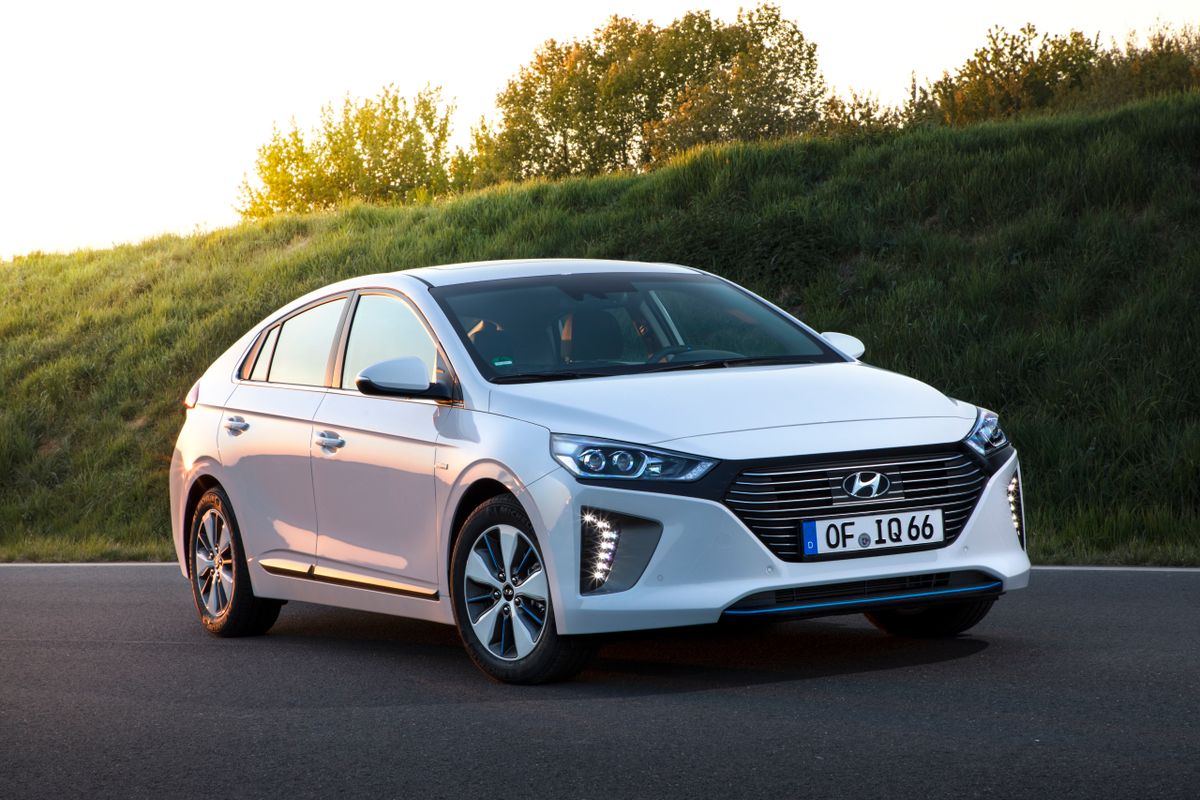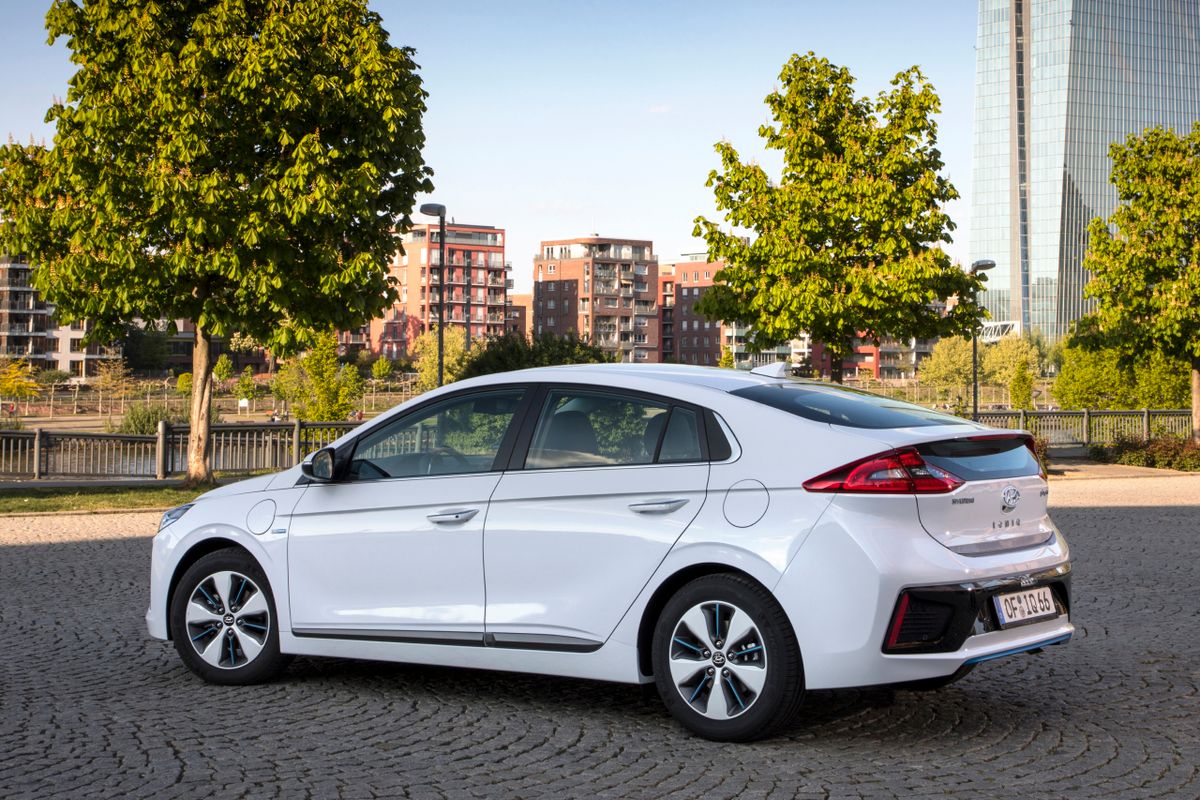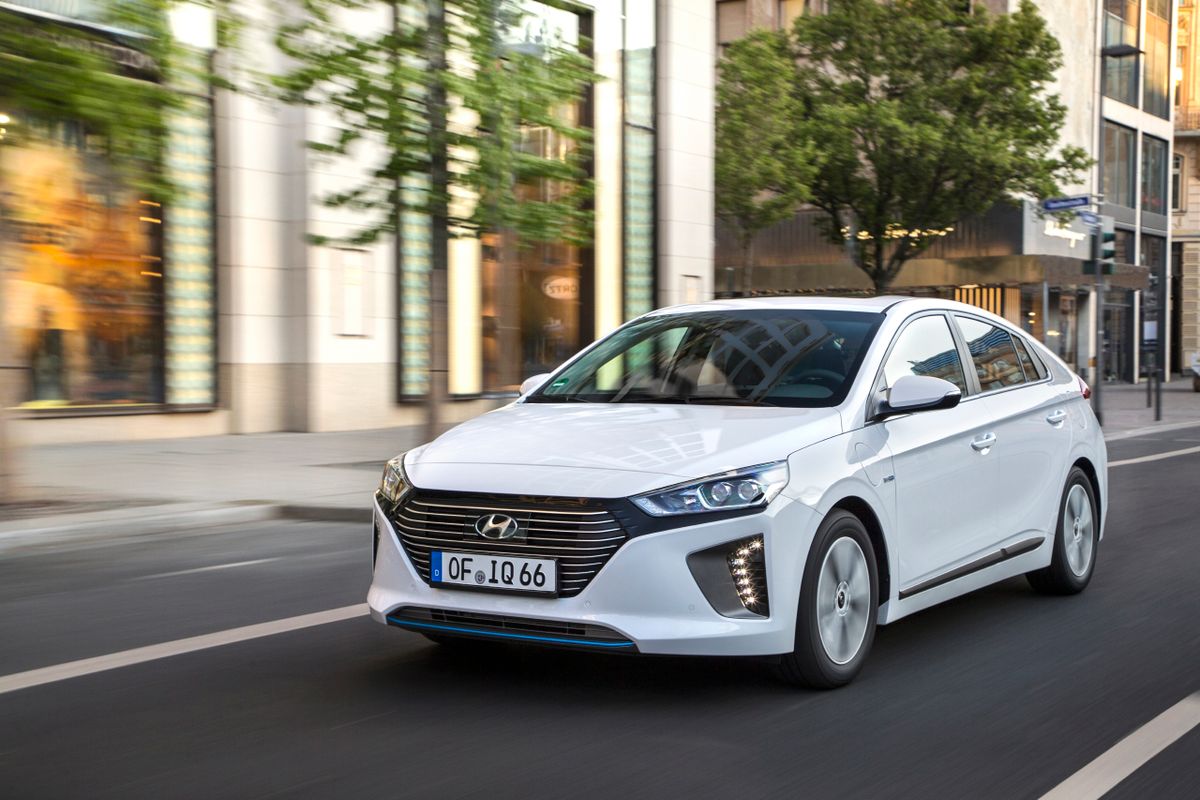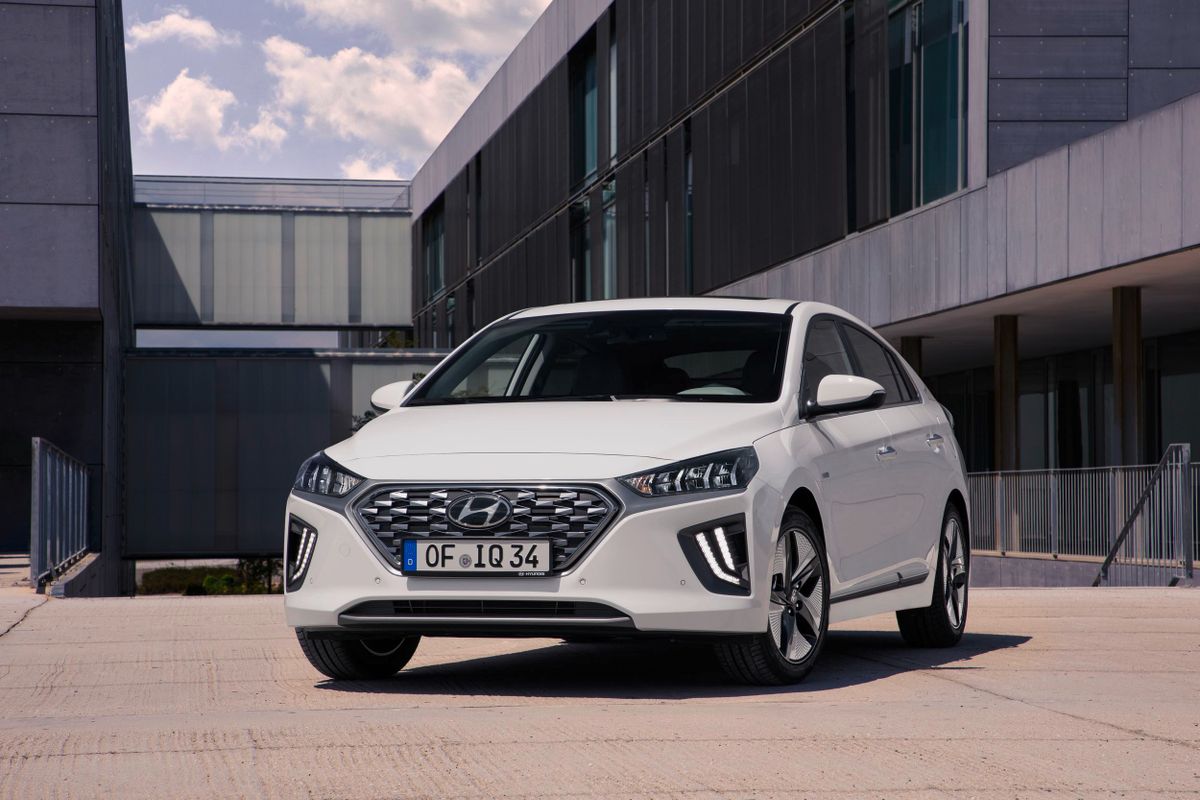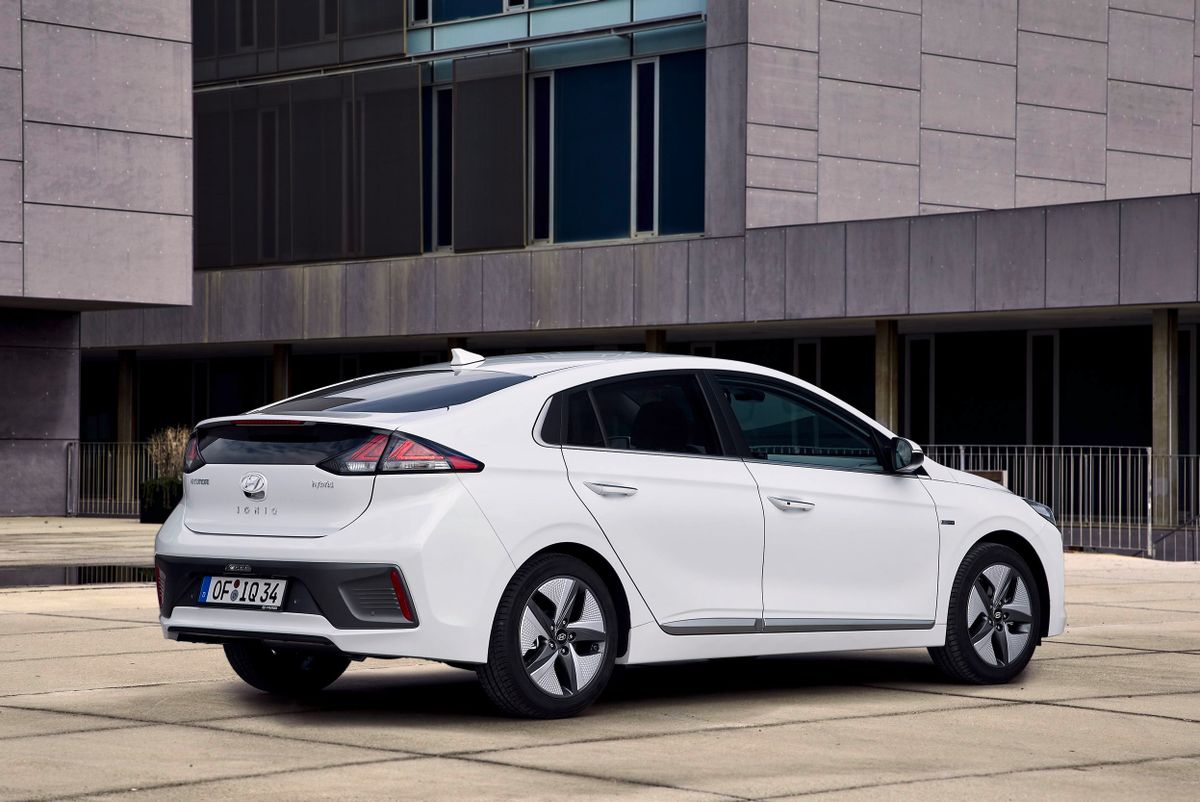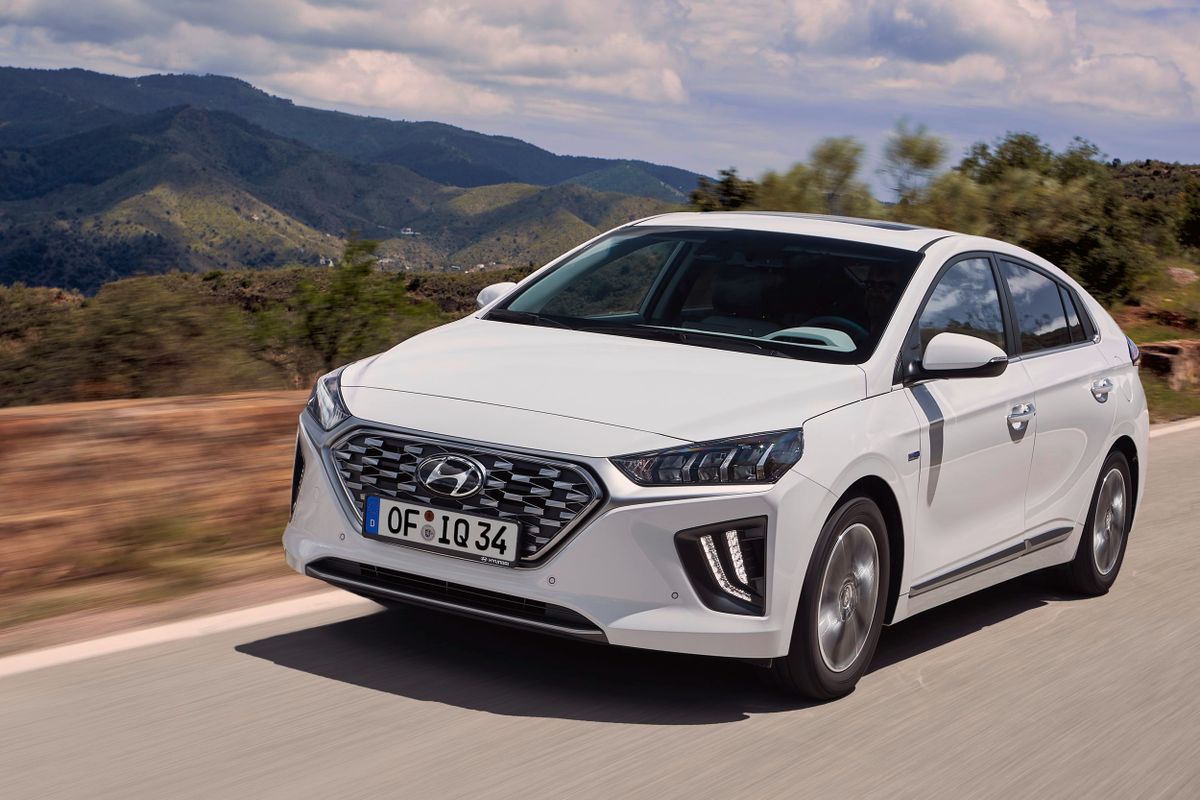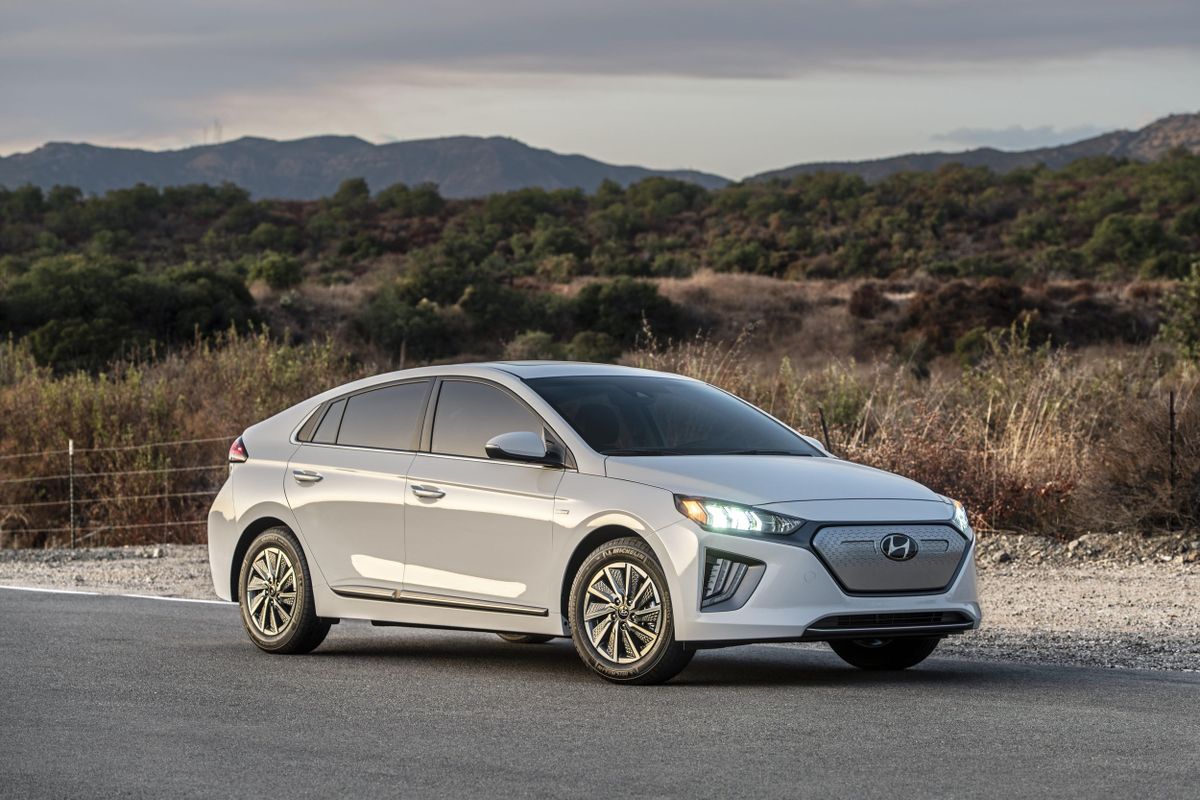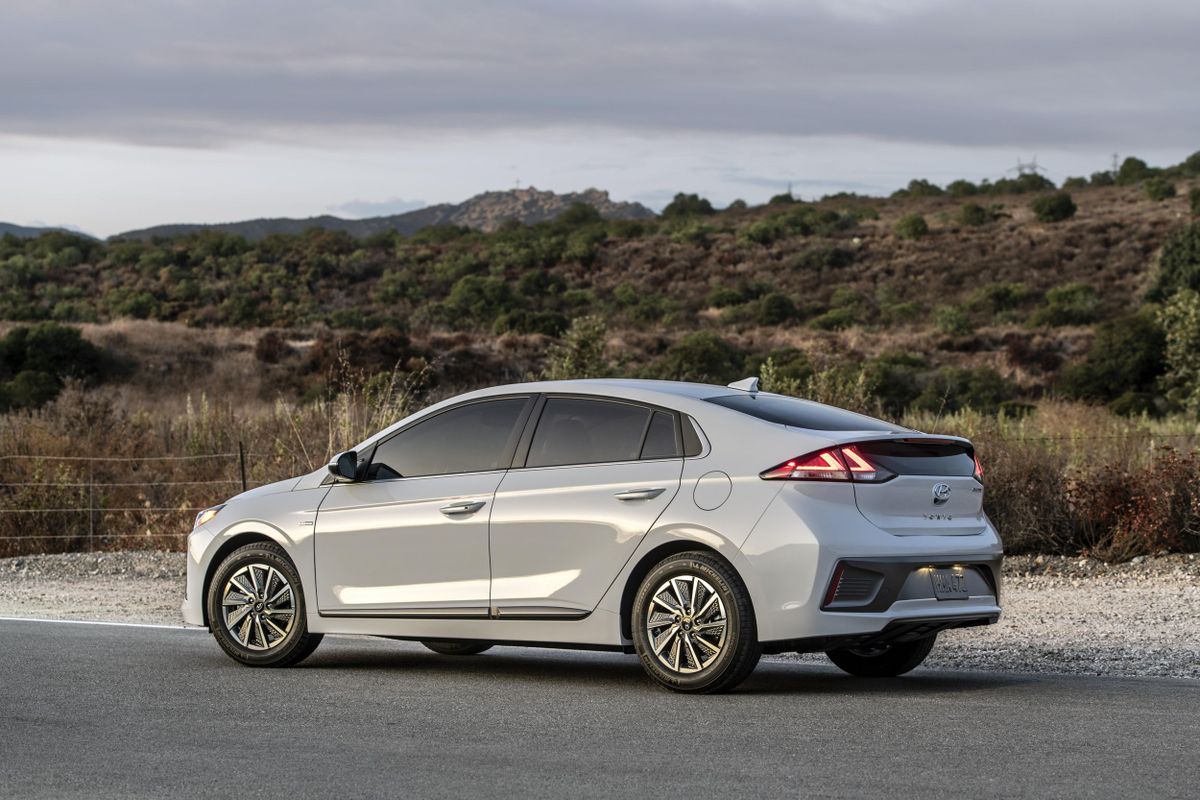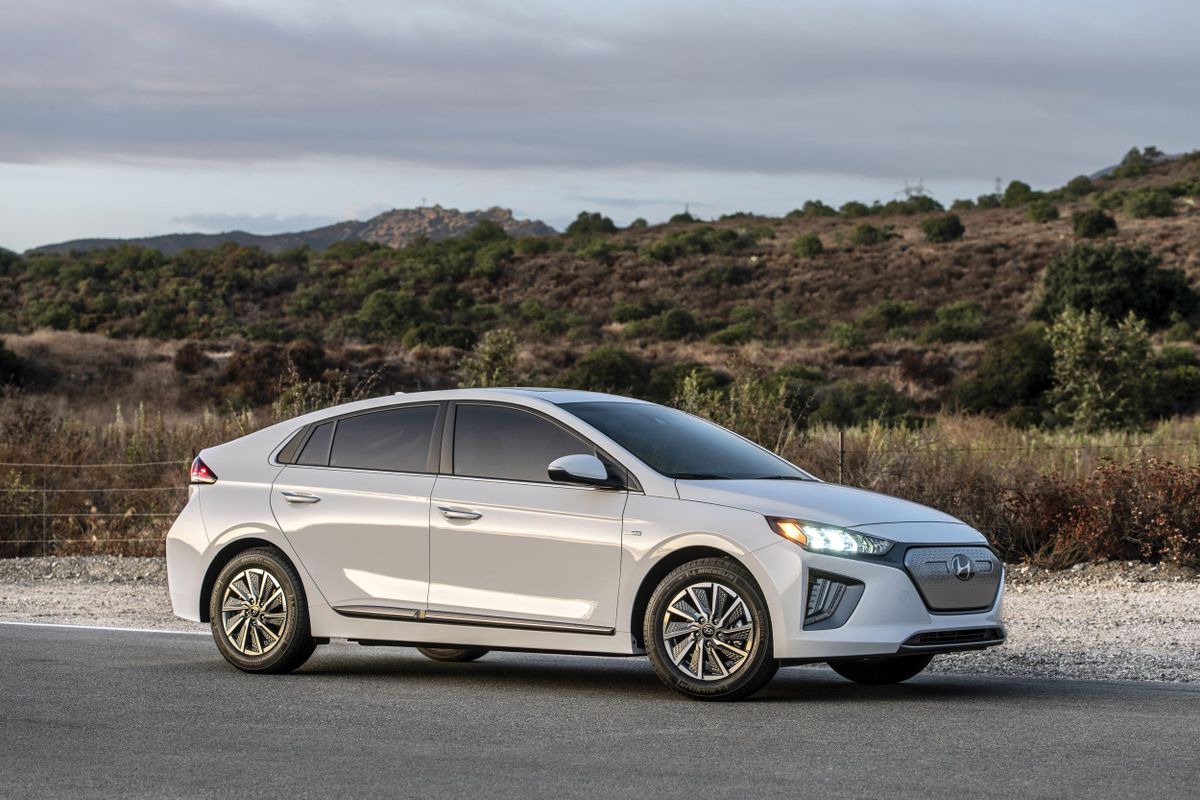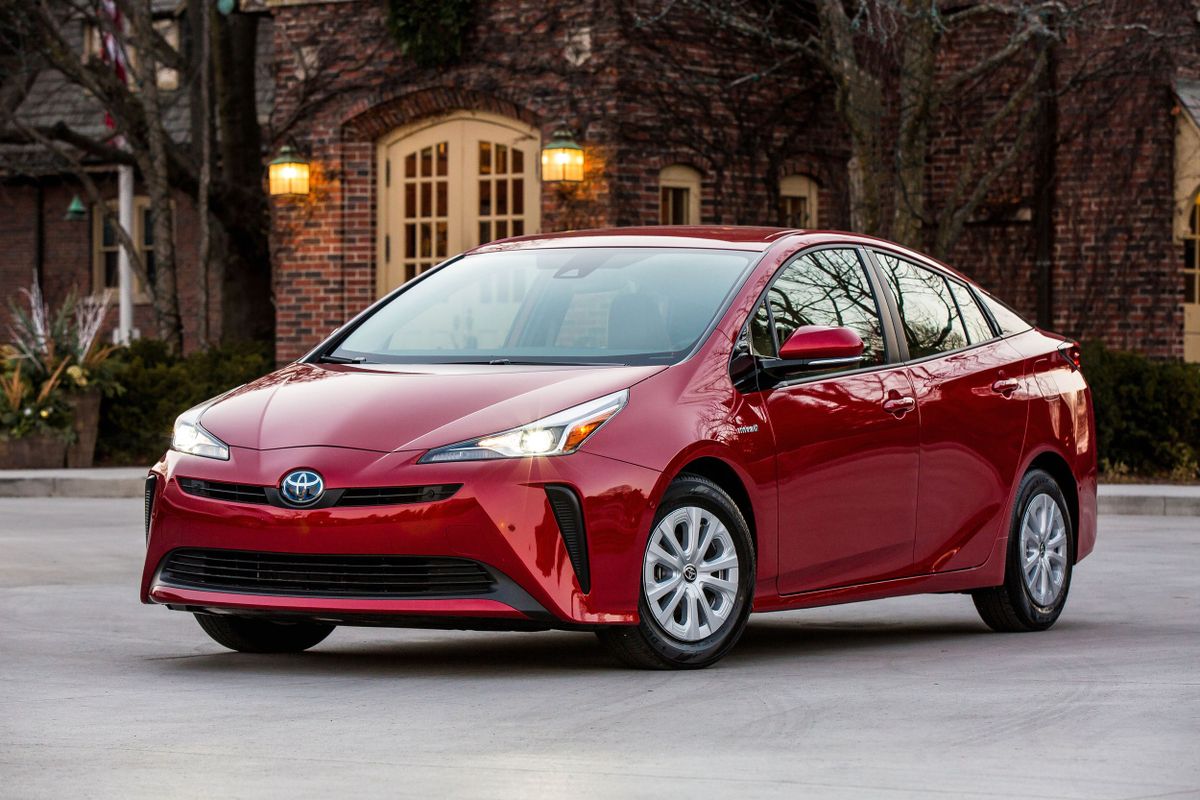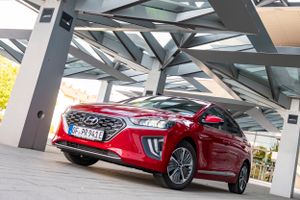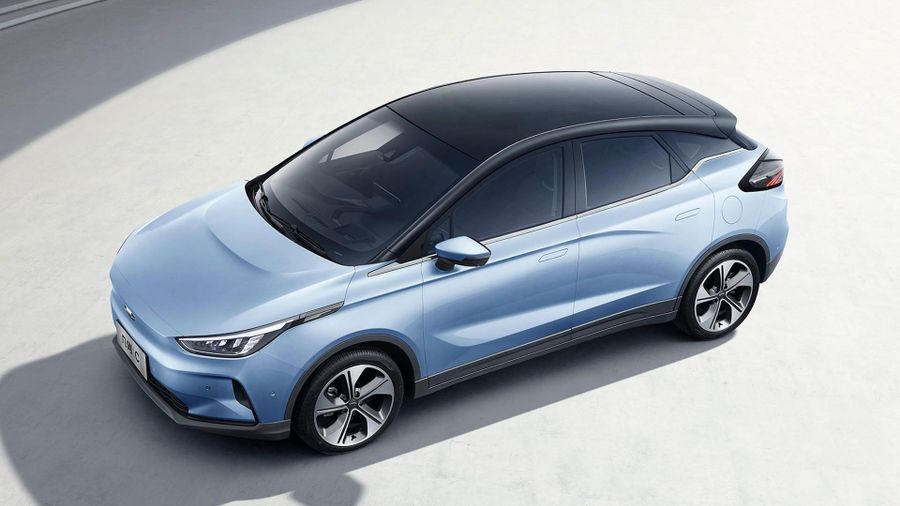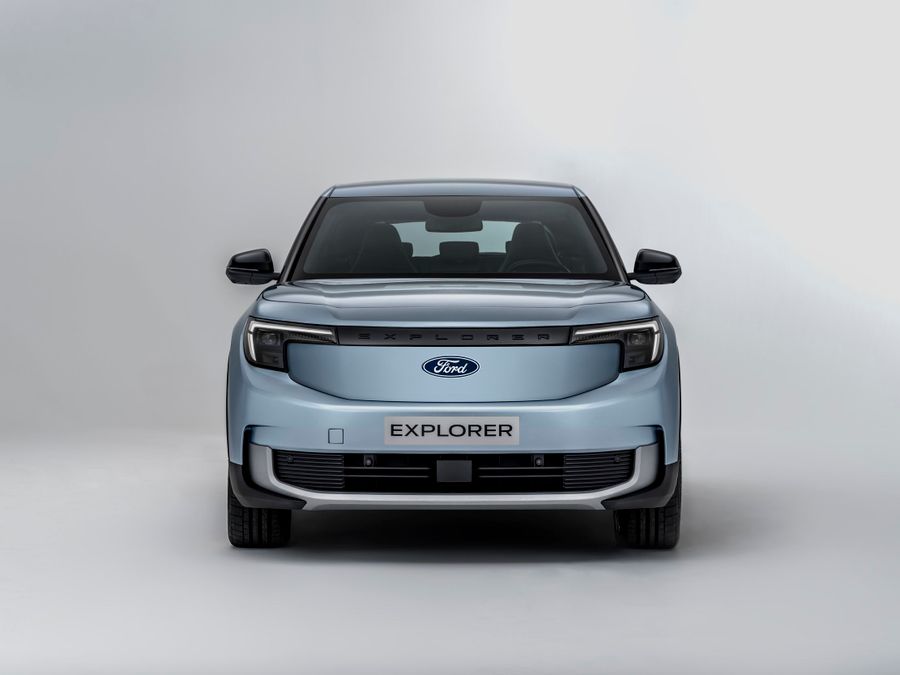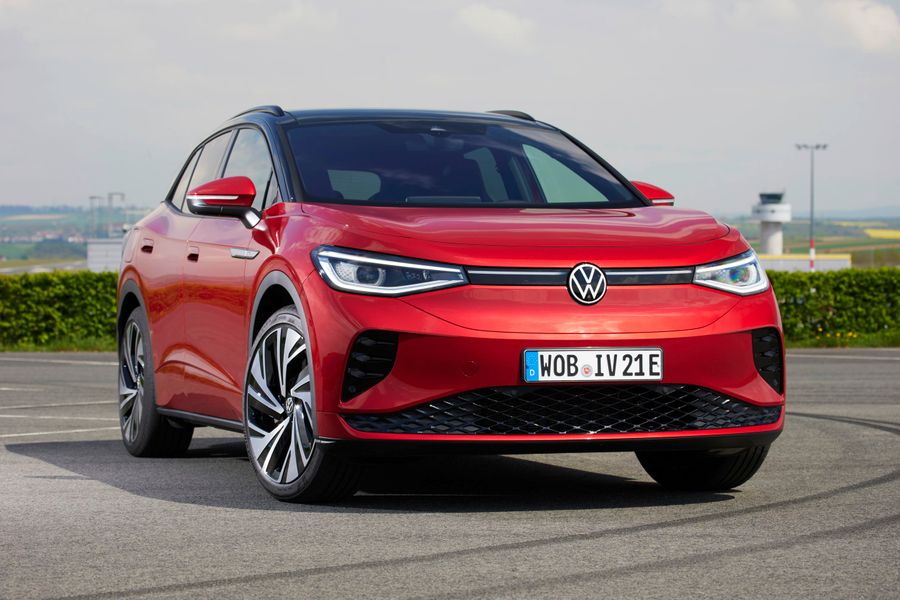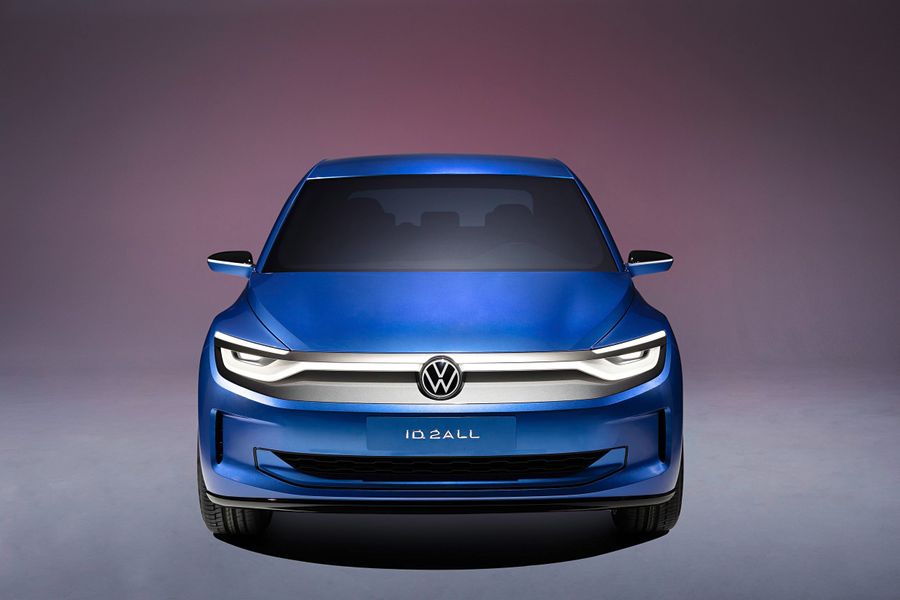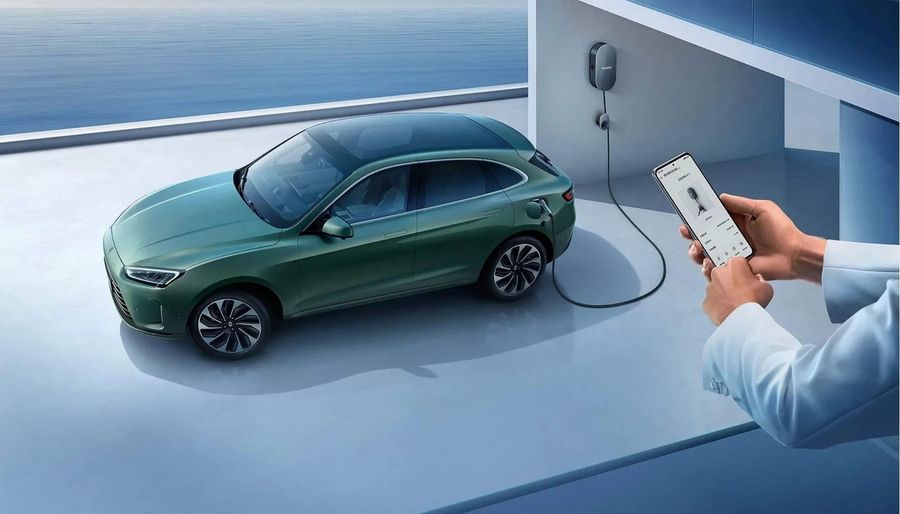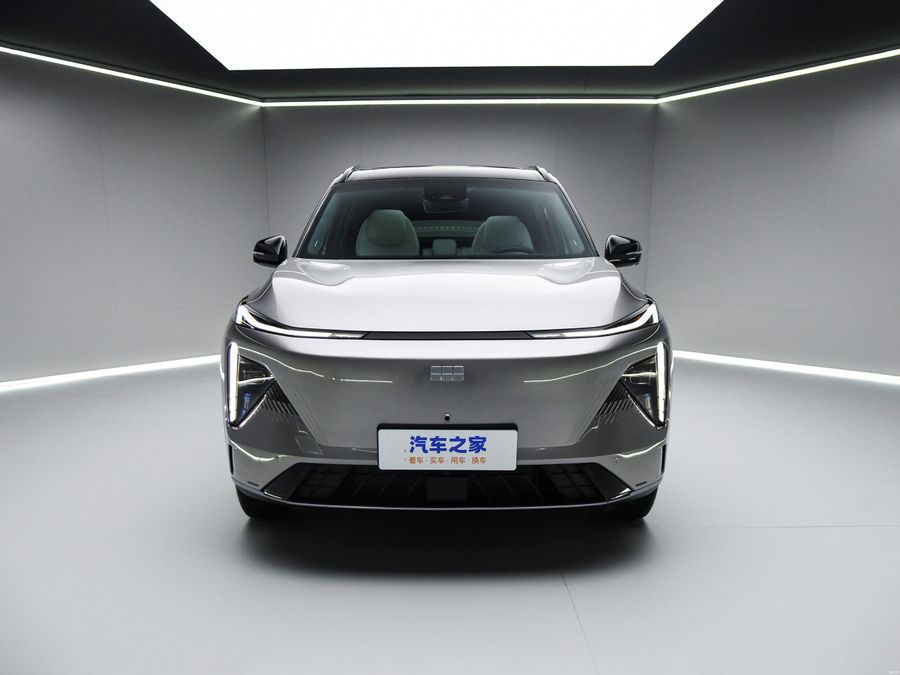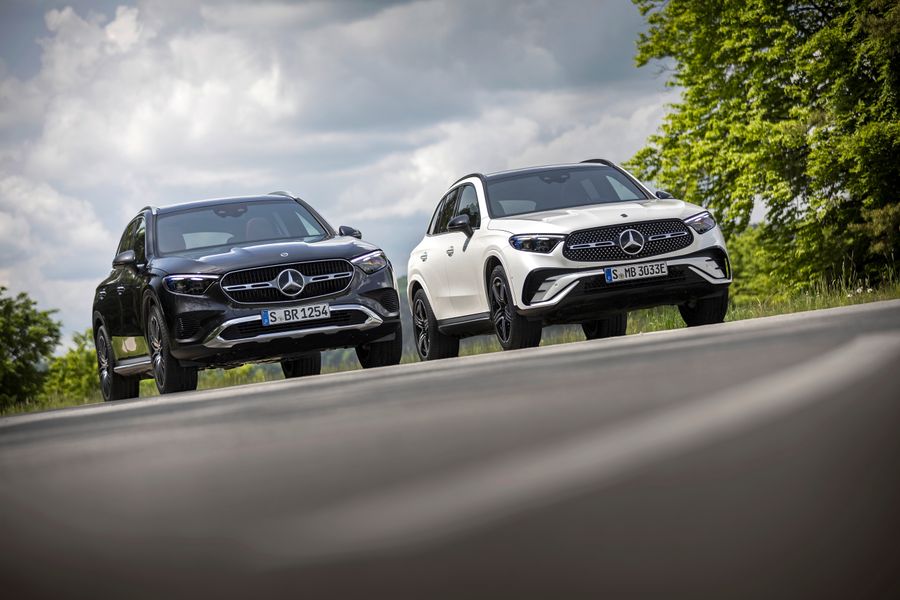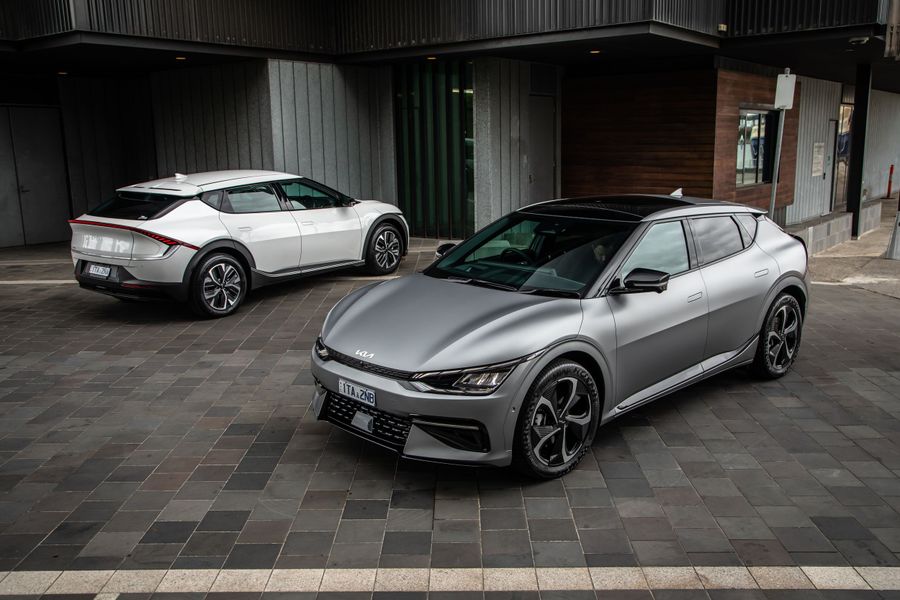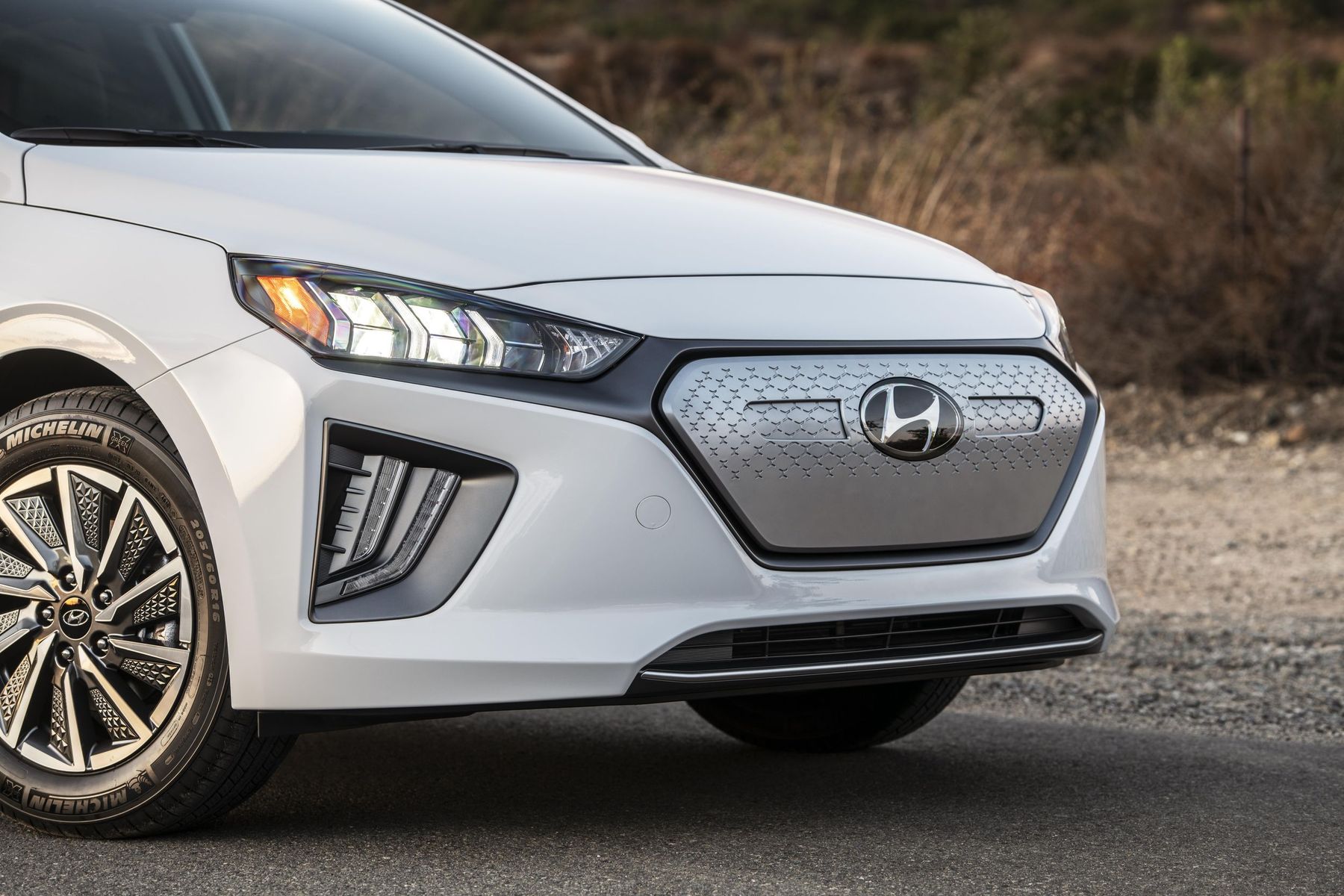
Hyundai Ioniq. Silver hatchback
In Israel, the Hyundai Ioniq became the second best-selling model among the top best-selling cars of 2021: 12,311 units were purchased, i.e. 23.6% more than in 2020. The success of this model is above all linked to its powertrains: hybrid and all-electric ones. The operation of such a car is cheaper than a gasoline car. Surprisingly, official sales of this hugely popular hatchback ended in July 2022, and the Koreans are probably cooking up something even cooler to replace it. In the meantime, the ‘silver’ hatchback is still on the Israeli market, we decided to study why it is so popular.
The Ioniq is the first hybrid car, introduced by Hyundai Motor Company in 2016. In January 2019, the car was restyled, becoming more beautiful, more modern and more powerful. In Israel, the new Ioniq hybrid costs from 145,701 shekels, while the all-electric version starts at 160,430 shekels (including registration fees, as of 2022).
Many advantages and some disadvantages
The new Hyundai Ioniq is a small car: the body length is 4,470 mm, the width is 1,820 mm, the height is 1,450 mm, and the wheelbase is 2,700 mm. The drag coefficient is very low, only 0.24. The top-end versions are equipped with front and rear LED optics. There are 9 body colors to choose from. The car has a touch-sensitive air conditioning unit and a large 8-inch or 10.25-inch, bright screen of the multimedia system (depending on configuration). The multimedia system has a voice control function. The proprietary Blue Link app allows you to control a number of car settings via your smartphone. Owners note high-quality interior trim materials. The hatchback is very practical: unfolded seats increase the volume of the trunk, which is enough for an ordinary family. The car is perfect for the city, while comfortable seats and well-thought-out ergonomics make it versatile: you don’t feel any fatigue even after 1,000 km.
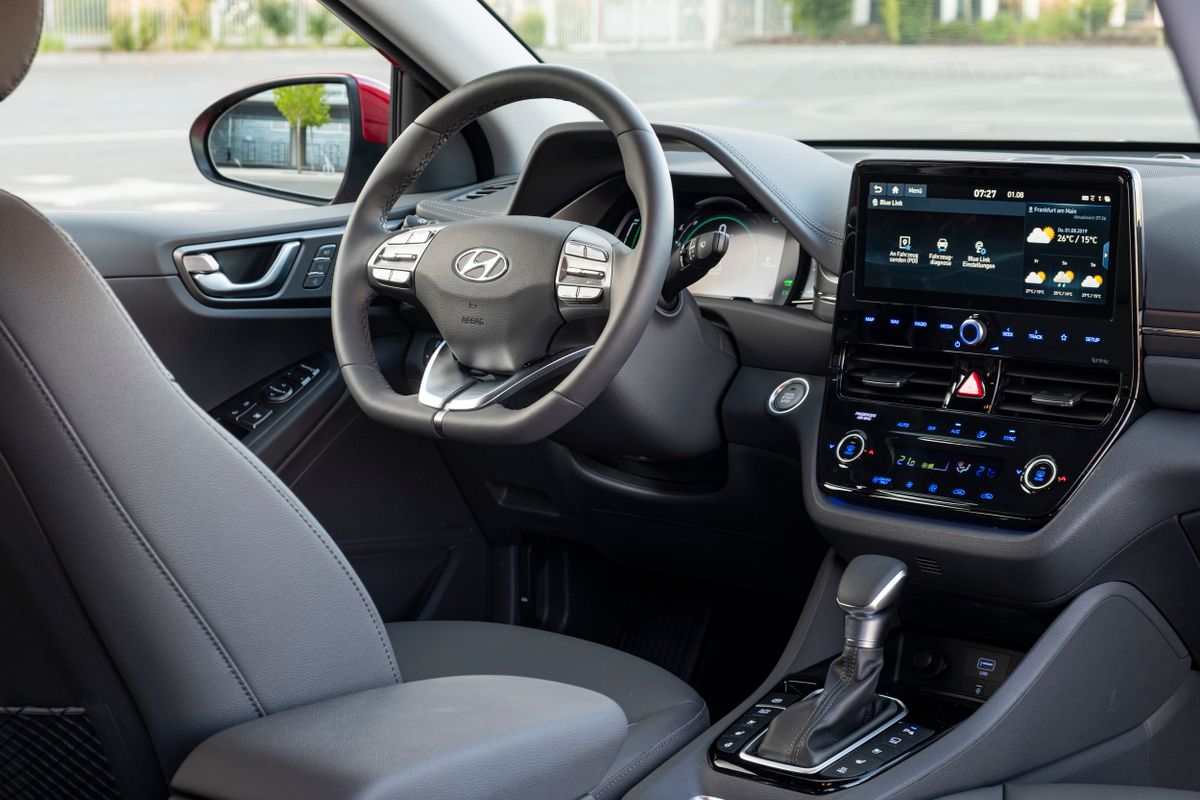
A few disadvantages include:
- Poor soundproofing
- Lack of space for rear passengers
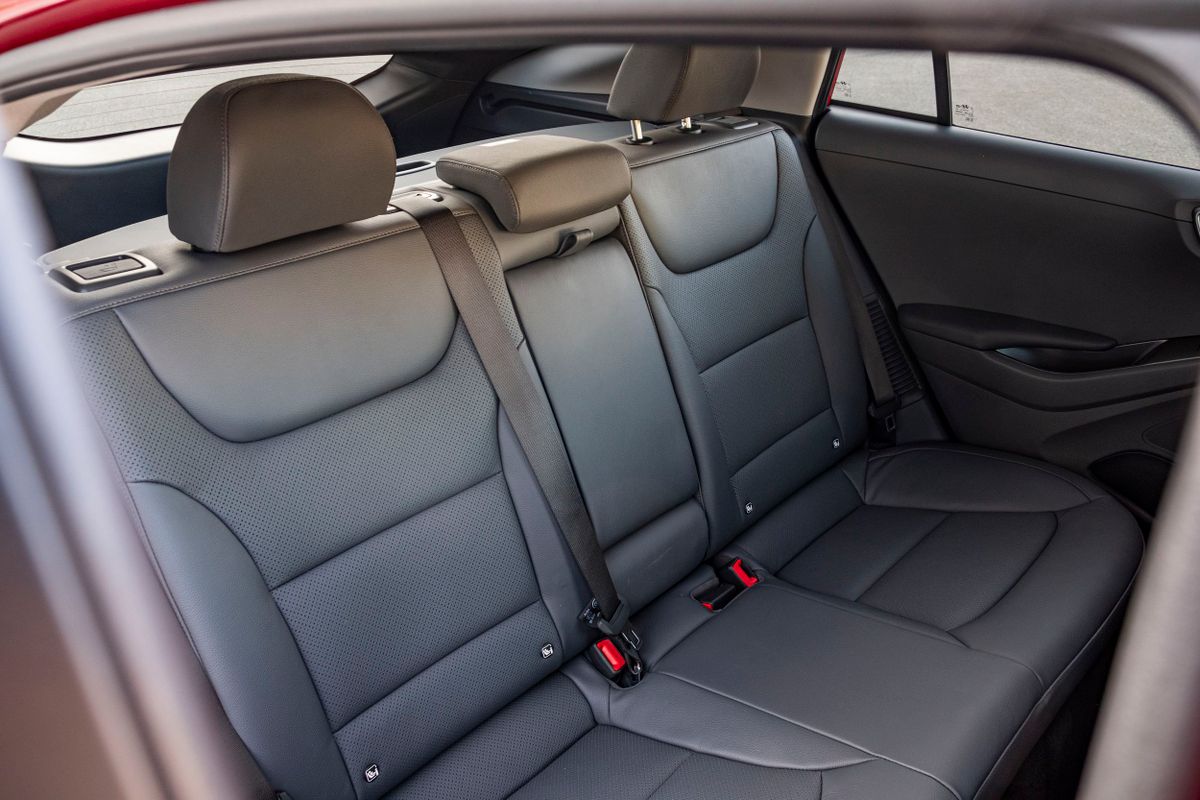
The 2019/2020/2021 Hyundai Ioniq has a ‘team’ of driving assistants: automatic braking, lane keeping, lane departure warning and blind spot monitoring systems. The basic equipment of both versions is the same: 7 airbags, front and rear parking sensors, rear view camera, front seats with side support, cruise control, air conditioning, SmartSense security system, multimedia system (integrated navigation, voice control and CarPlay/Android Auto).
If you buy a used car, you should pay attention to the fact that the Ioniq offers cooling and heating of the batteries, which has the best effect on their lifespan.
Hybrid version
The powertrain of the hybrid version consists of a 1.6-liter naturally aspirated gasoline engine with GDI direct injection (105 hp and 147 Nm) and a 43.5 hp (173 Nm) electric motor with a battery of 1.56 kWh. Power is sent to the wheels via a 6-speed DCT type robotic transmission. There is an ecological function Green-Zone drive mode, which switches the car to electric traction if the navigator ‘notices’ the entry of the car into the ‘green’ zone (parks, nature reserves). The car can even accumulate electricity in advance to travel such a route, if it is created in advance.
Advantages
- Well-tuned chassis for excellent handling
- Decent dynamics
- Low fuel consumption: on the highway - about 3.2 liters, in the city - 4.5-5 liters per 100 km
- Sports mode which makes the car very fast
Electric version
The electric Hyundai Ioniq is equipped with a 38.3 kWh lithium-polymer traction battery, which offers a range of up to 294 km (according to the WLTP cycle). The power of the electric motor is 136 ср, while the torque is 295 Nm. The car is able to accelerate to 100 km/h in 9.9 seconds, develop a top speed of 165 km/h. The standard charge of 7.2 kW on a fast charging station allows the battery to be recharged up to 80% in 54 minutes. The car has four driving modes, the most economical is Eco+, in which the Ioniq reluctantly expends energy, creating an emergency reserve just in case. There is also ‘one-pedal’ driving, where the degree of deceleration determines the smoothness of the throttle release.
Advantages
- Near-perfect axle weight distribution and low center of gravity (because the battery is located under the floor at the rear of the body and the entire powertrain is up front)
- Ease of maintenance: the interior filter is changed once a year; gear reducer oil (1 liter) is changed every 60,000 km; brake pads are changed when worn, but they last at least 100,000 km, since the electric vehicle brakes using the recuperation system, and pads are used at the very end.
Conclusion
The Hyundai Ioniq is for those who prefer a combination of practicality and functionality with affordability and low cost maintenance.
The Toyota Prius, Tesla Model 3 and Nissan Leaf are closest competitors to the Hyundai Ioniq. The Hyundai Kona Electric and Kia Niro EV SUVs are its conditional competitors, as they are built on the same platform.


